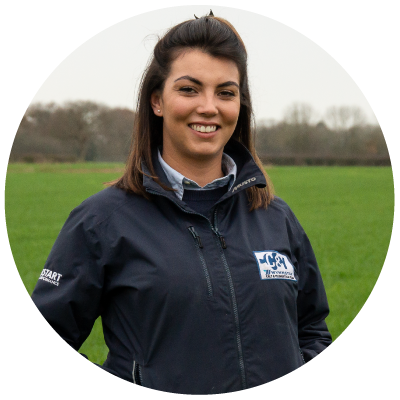The beef on dairy market is a rapidly increasing sector of the dairy industry. Sometimes due to on farm factors, the best option is to sell calves under 42 days old and it is often a respectable third milk cheque for the dairy farmer, other options are to sell batches of weaned calves or carry on through the system and sell as stores or finished cattle. The process to enter each market requires careful and forward planning and will be dependent on many factors.
An evaluation of your facilities, feeding programme, extra staff, time and available outlets for selling will give you a sense of what you can and want to do, based on farm capabilities and where the highest profit margin is for your dairy.
Facilities
Do you have the capacity to house more animals? If your farm is operating at peak per head capacity, avoid overcrowding your calves and consider building or restoring additional calf housing. Obviously if you are keeping these calves on through weaning/finishing you’ll need further housing. I would also consider your calving pattern, is there time to give the pens a rest, thoroughly mucking out and disinfecting between batches? If the answer is no then look to get the calves away sooner!
Feed Programme
What do beef on dairy need? I often get asked for a cheaper alternative for beef calves, however not only for ease of the system; I often suggest a high-quality milk replacer likewise the heifers. Whether you are looking to sell at birth, post weaned or even at slaughter you are ultimately trying to reach highest, most efficient targets and prices through each of these stages. Profitability has to come into it but as with the heifers a mean for good hygiene, nutrition and management it will lead to better quality calves, that will perform in all systems and result in repeat buyers.
Management and Labour
Do you have the staff to feed additional stock? Additional calves will mean the routine checks and time feeding will take longer. Speak to your team, vet and nutritionist and ensure the system is not compromised.
Selling Outlets
Identifying your selling outlets is a must, this will determine how long the calf is on farm and targets you need to achieve. There are many outlets for your calves, whether this outlet is through market, dealers, direct to farms or buying groups, if the partnership works well try and value this rather than swapping and changing for an extra £10/head. These buyers will generally help you if on farm circumstances were to change e.g. shut down with TB. These purchasers will usually have a demand for strong calves, however as we know they will not pay premium prices for poorer quality calves. It is important to continue the demand to produce consistent high-quality calves that will go on and perform throughout the relevant system.
For more information or advice speak to your Wynnstay Calf & Youngstock Specialist or Wynnstay Representative.










